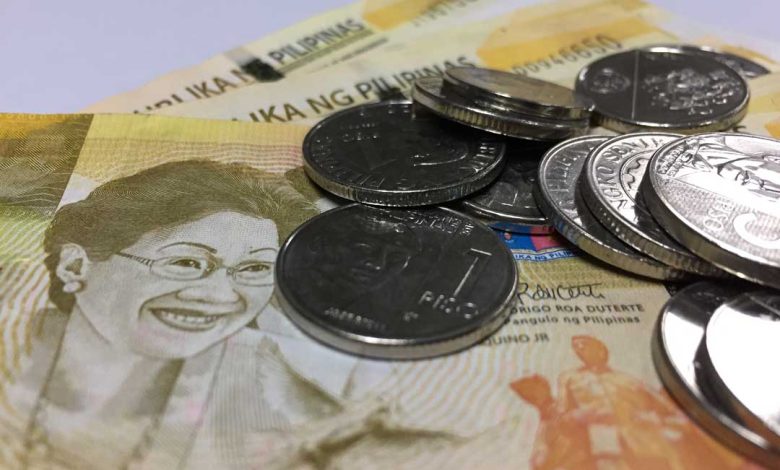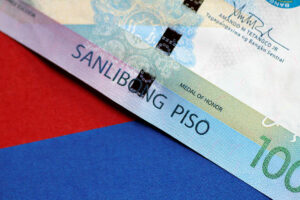NPL ratio eases to 4.43% in September

SOURED LOANS held by banks slipped month on month in September, bringing the nonperforming loan (NPL) ratio slightly lower to 4.43%, data from the Bangko Sentral ng Pilipinas (BSP) showed.
Based on BSP data, NPLs declined by 1.3% to P485.532 billion in September from the P491.926 billion in August.
However, bad loans increased by 30% from P374.304 billion in September last year.
The NPL ratio stood at 4.43%, easing from the 4.51% in August which was the highest since the 4.52% in September 2008. It was higher than the 3.51% a year earlier.
The easing NPL ratio in September from August reflected the impact of the relaxed quarantine measures, Rizal Commercial Banking Corp. Chief Economist Michael L. Ricafort said.
“More businesses reopened, thereby partly reducing NPLs from businesses. This also fundamentally led to some pickup in demand for credit that also expands the denominator and effectively reduces the NPL ratio,” Mr. Ricafort said in an e-mail.
High-risk areas including Metro Manila were placed under a two-week strict lockdown in August due to a surge in coronavirus cases. Restrictions have gradually been eased as infections declined.
However, the increase in NPLs year on year in September shows the extent of the pandemic’s impact on Filipinos’ income and on the asset quality of banks, said Asian Institute of Management economist John Paulo R. Rivera.
“Rising bad loans is still an indication of uncertainties in the income-generating opportunities of people, but it is slowly improving given the relaxing of restrictions because jobs are slowly returning,” Mr. Rivera said in a Viber message.
Earlier data released by the central bank showed bank lending continued to grow for the second consecutive month by 2.7% year on year in September. Prior to August, lending contracted annually for eight straight months since December 2020.
In September, banks’ total loan portfolio rose by 2.63% to P10.959 trillion from P10.678 trillion a year ago.
Past due loans increased by 8% to P570.199 billion from P528.097 billion a year earlier. These borrowings were equivalent to 5.2% of the industry’s total loan portfolio, up from 4.95% a year earlier.
Meanwhile, restructured loans surged by 158% to P338.462 billion from P130.883 billion in September last year. This brought the ratio to 3.09% from 1.23%.
Banks continued to beef up loan loss reserves to P409.571 billion, up by 20.8% from P339.027 billion. With this, its ratio rose to 3.74% from 3.17% in September 2020.
Lenders’ NPL coverage ratio — which shows the allowance for potential losses due to bad loans — dropped to 84.36% from 90.58% a year earlier.
Mr. Ricafort said he expects the continued easing of restriction measures and the faster pace of vaccination to boost business and consumer confidence, which may help improve banks’ asset quality. He also noted the seasonal increase in economic activities during the fourth quarter could support borrowers’ capacity to pay debts, and drive demand for loans.
Central bank officials earlier said the bad loan ratio could reach 5-6% by the end of this year before peaking at 8.2% in 2022. If realized, this will still be much lower than the 17.6% seen in the aftermath of the Asian Financial Crisis in 2002. — Luz Wendy T. Noble




